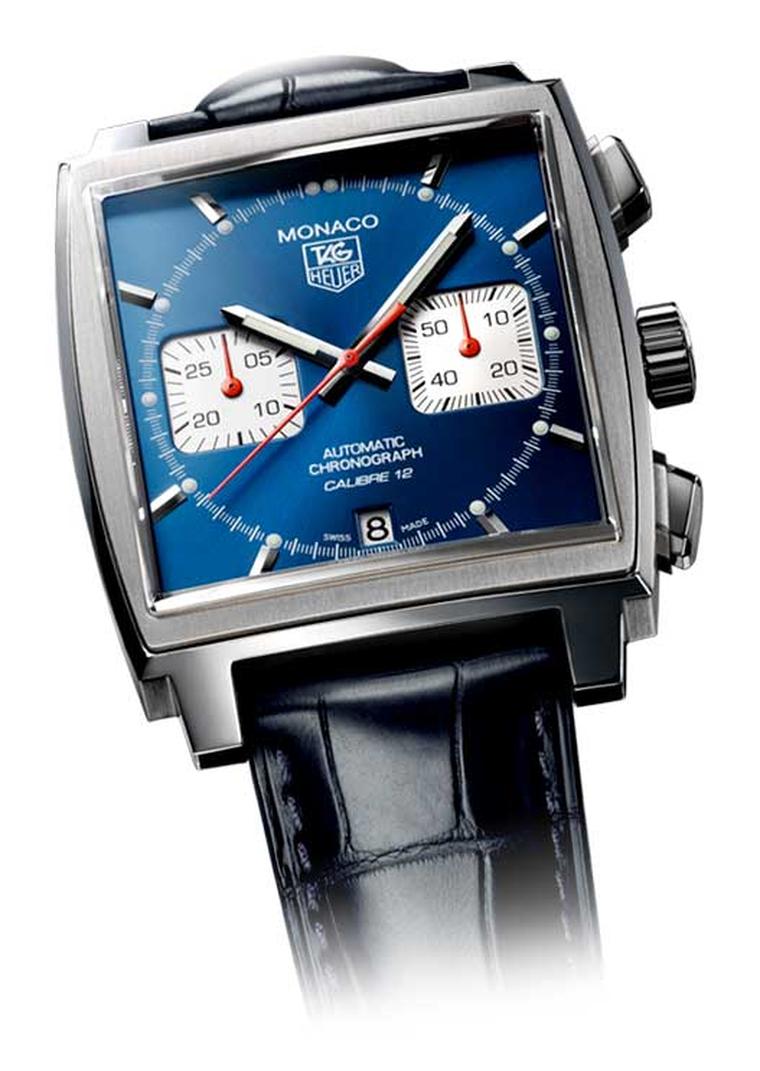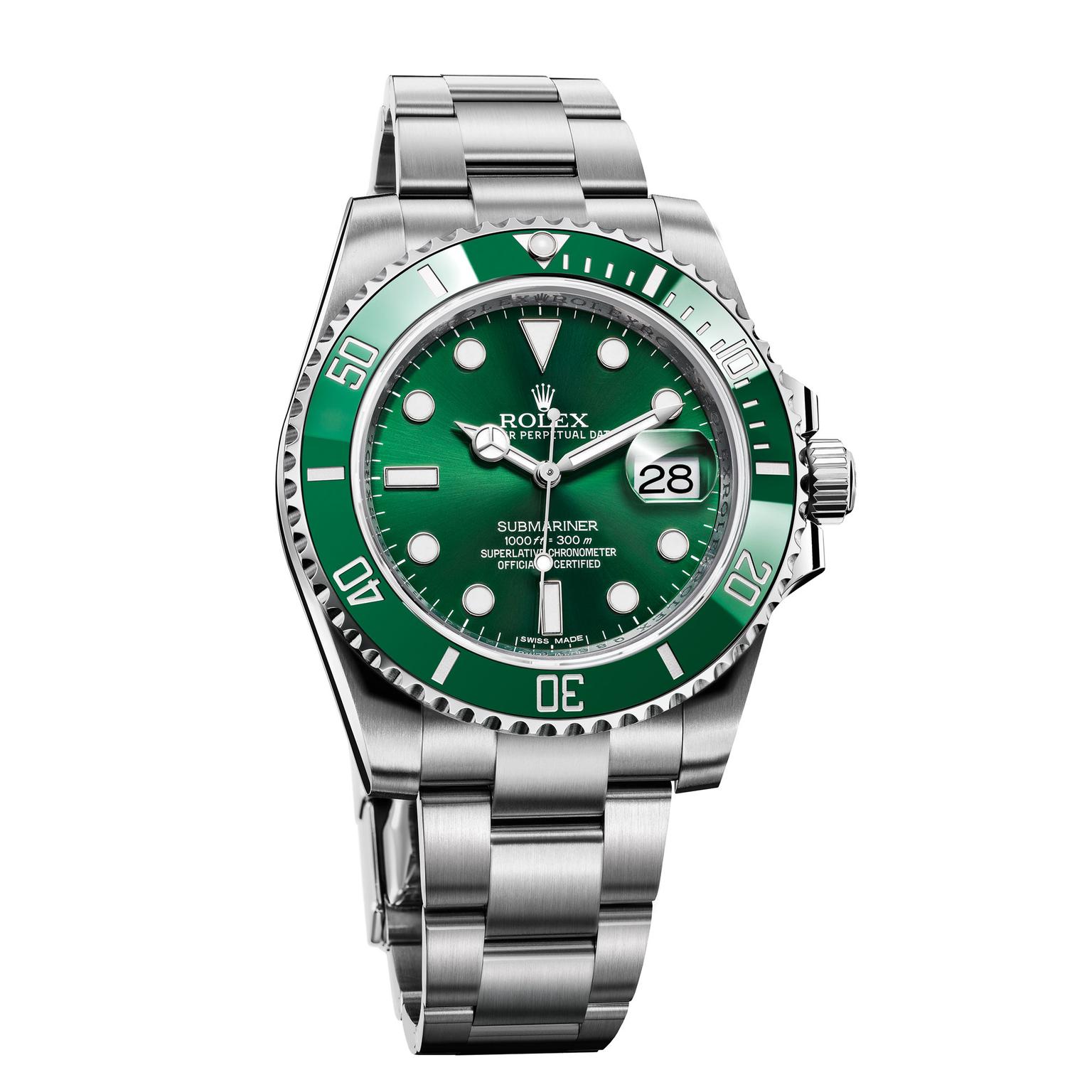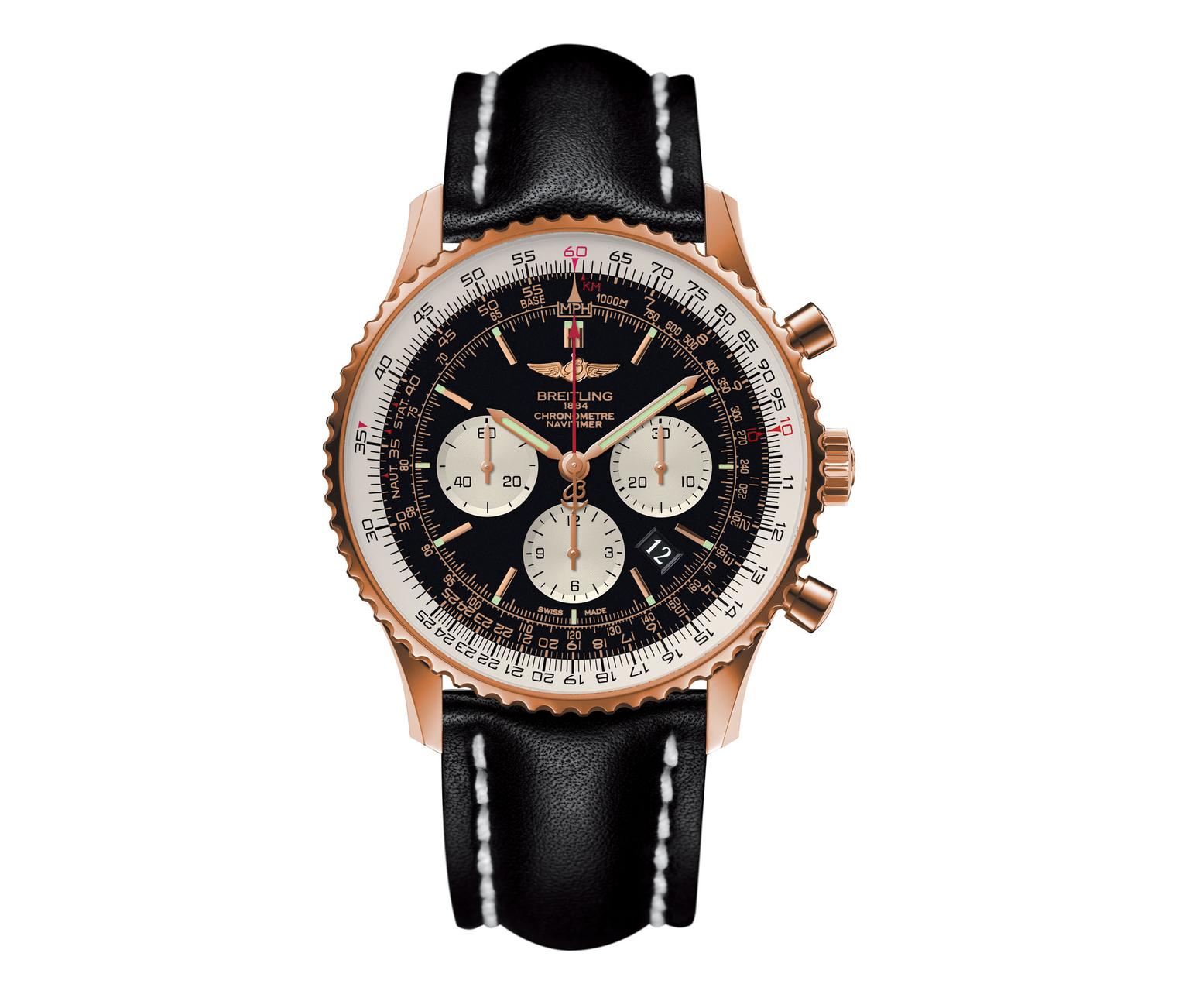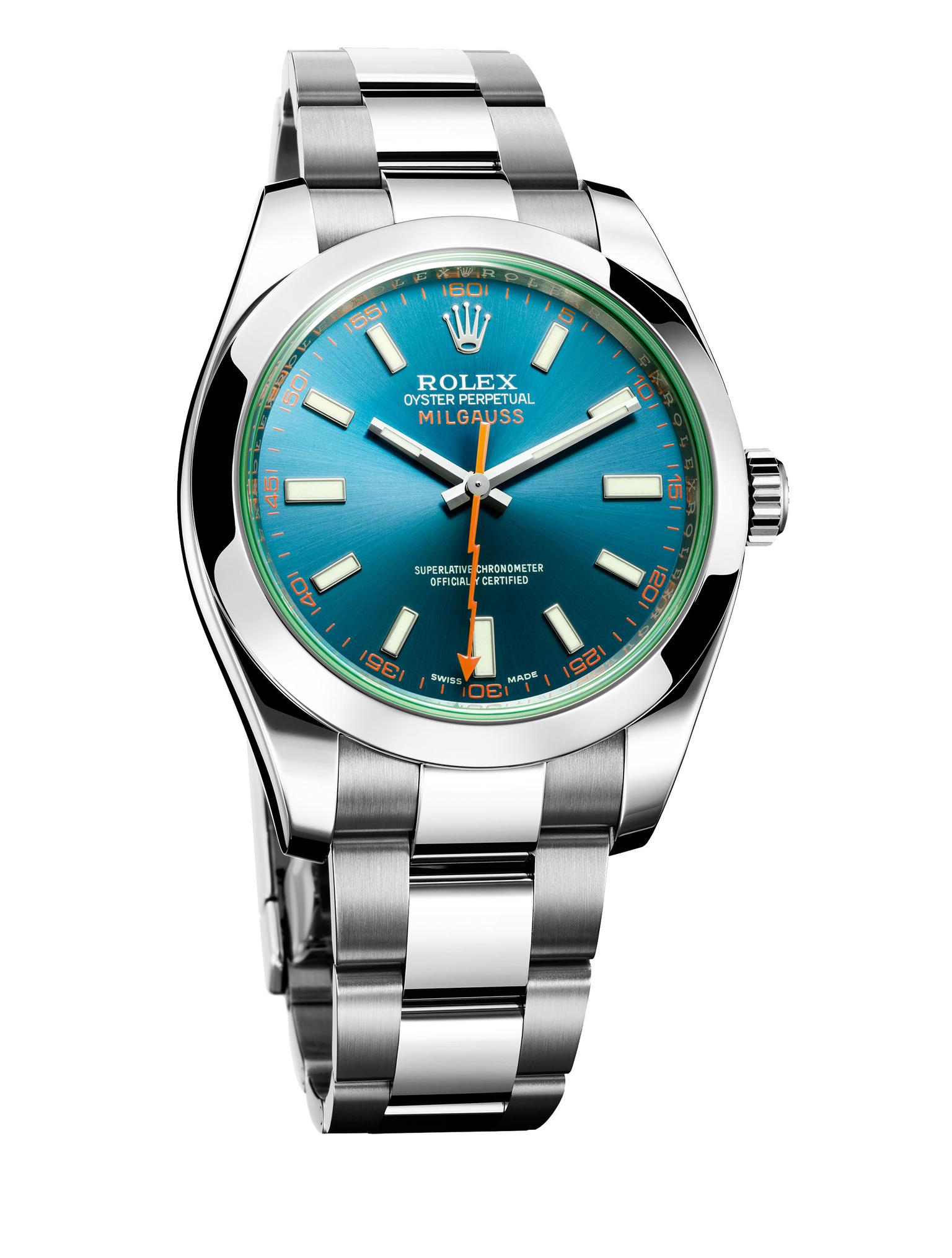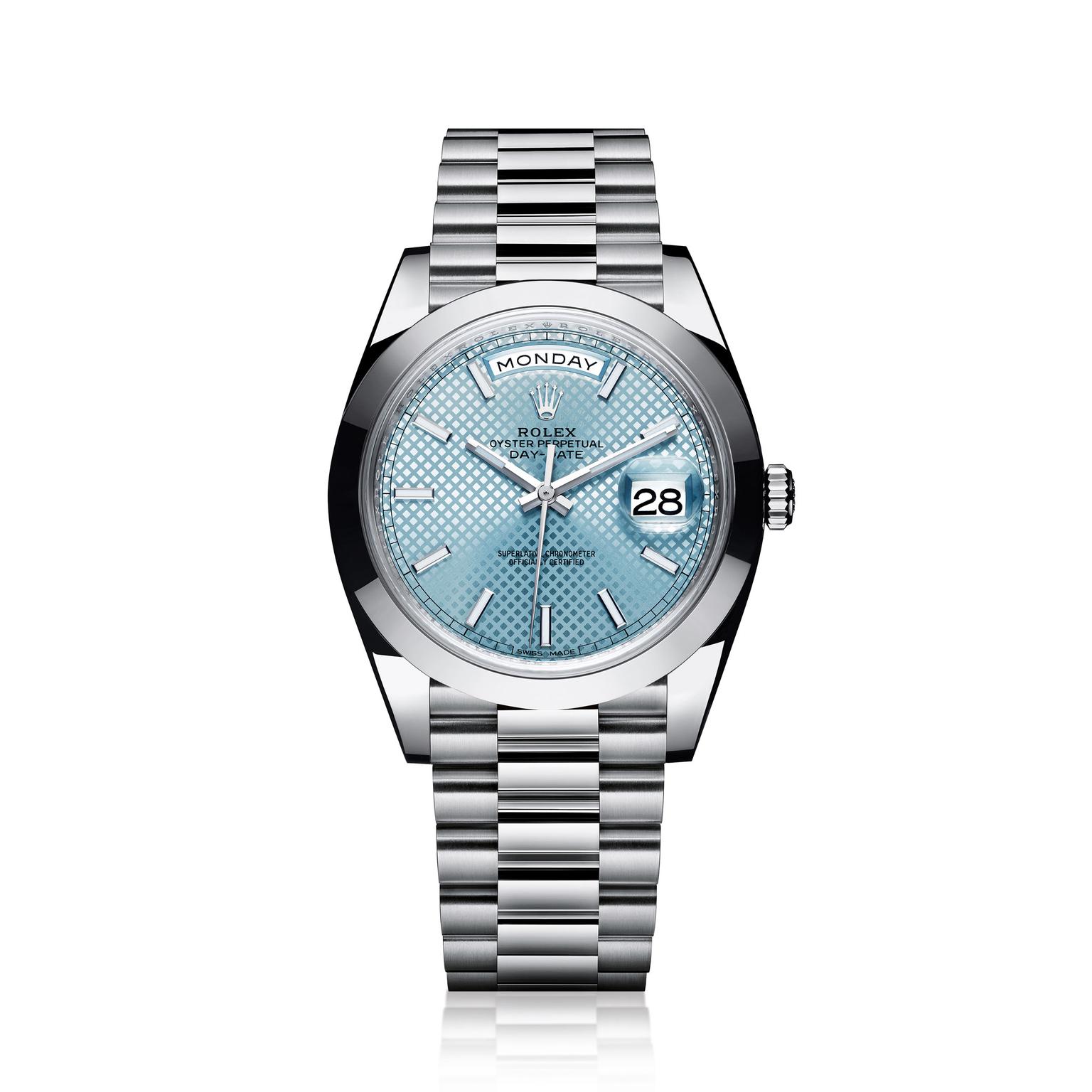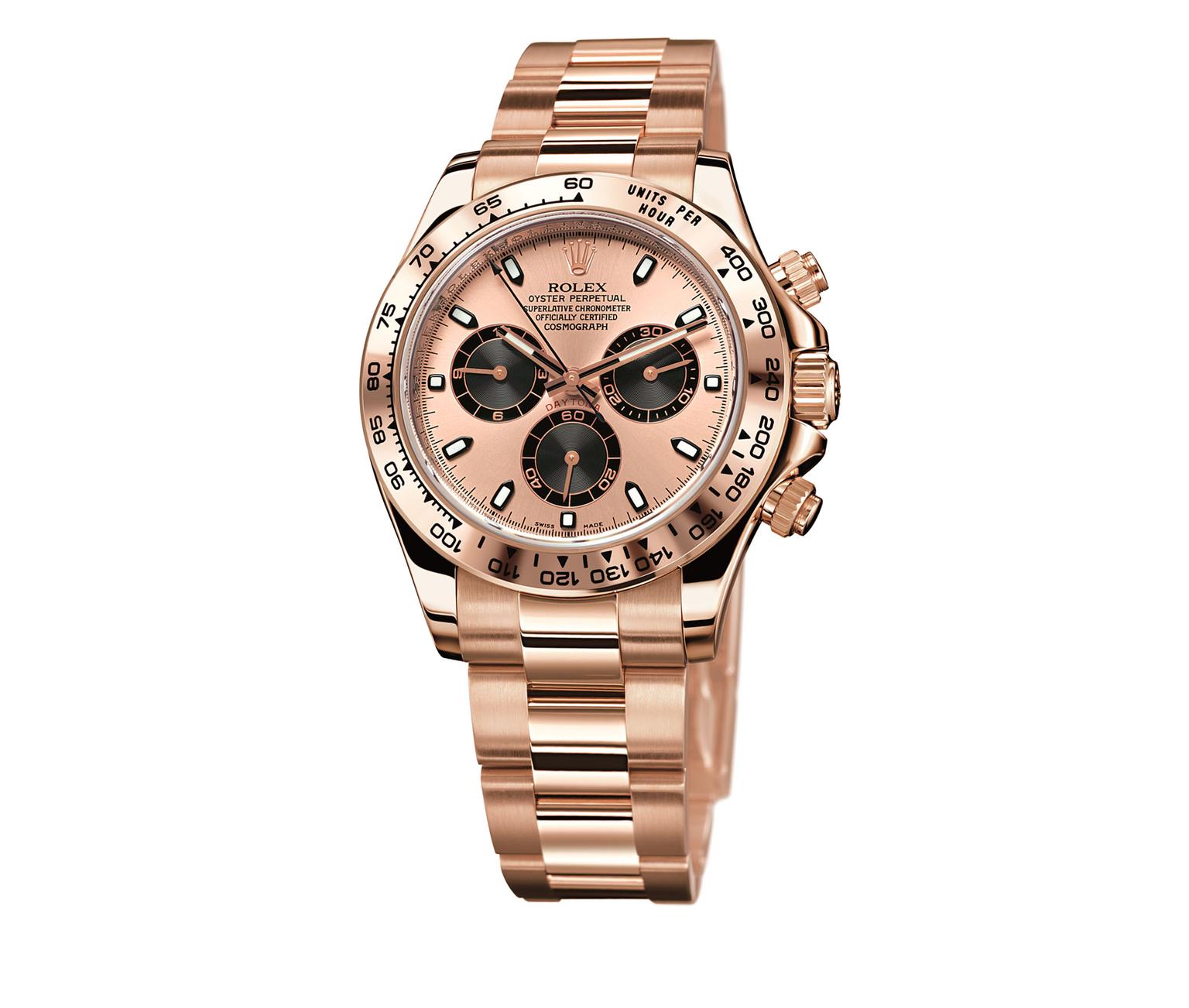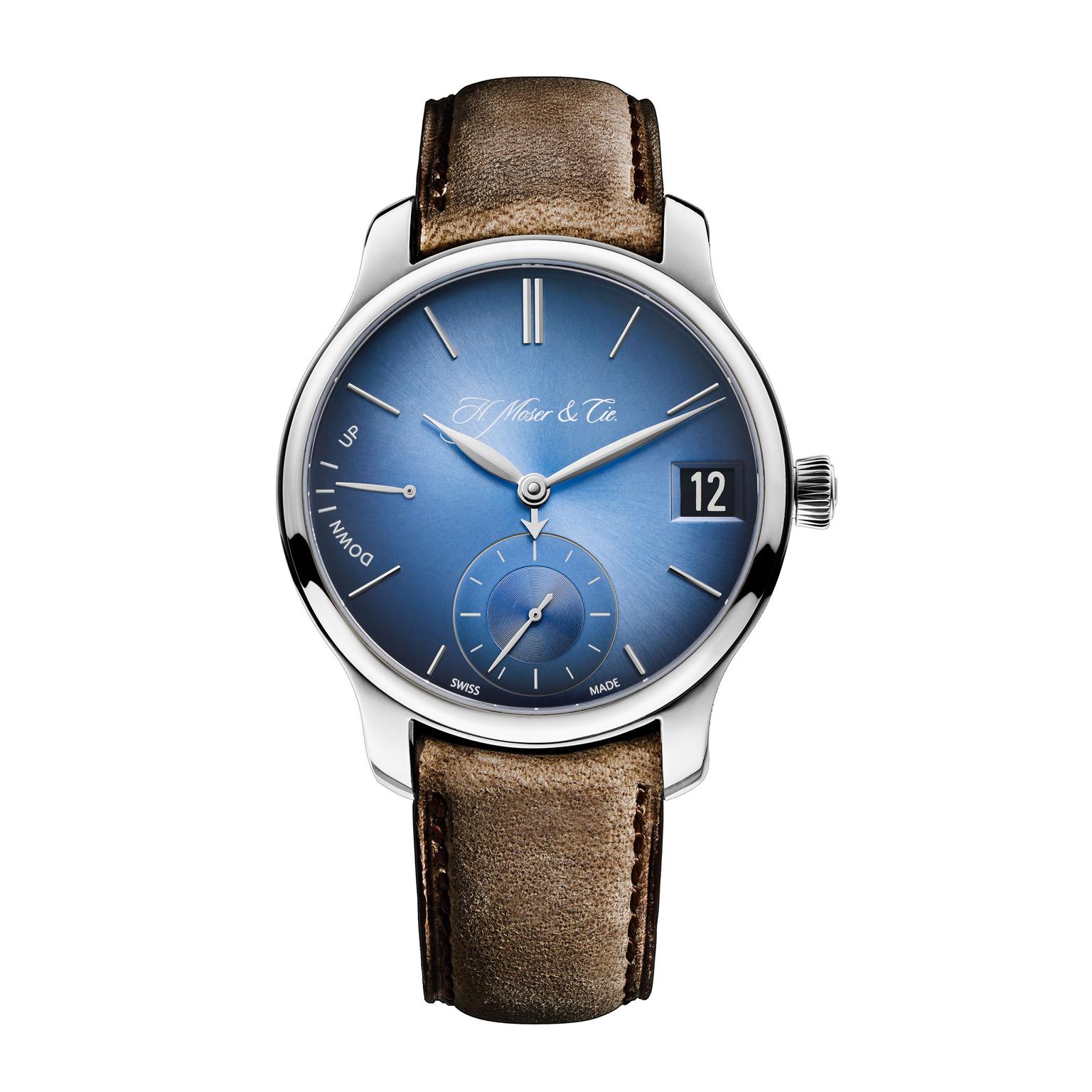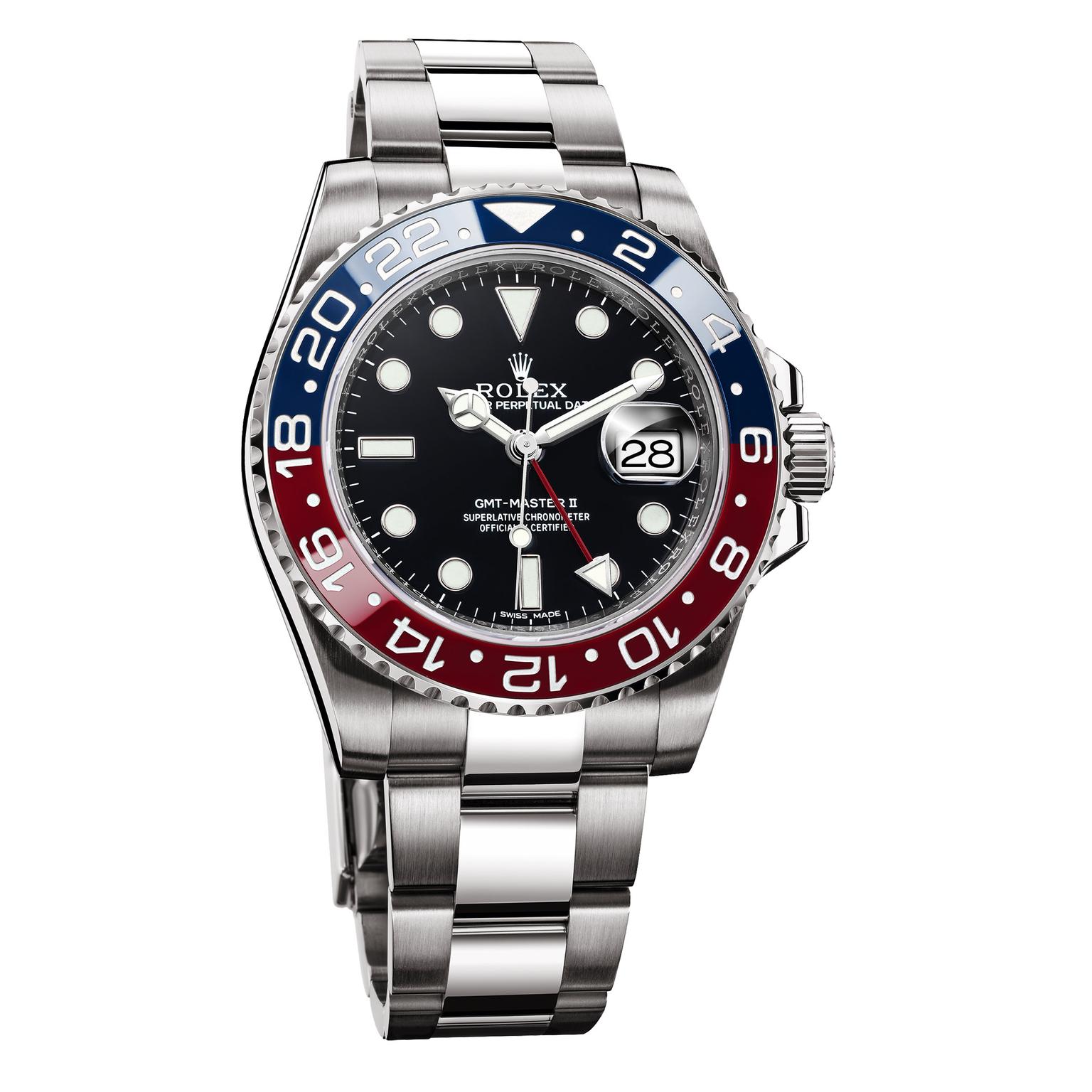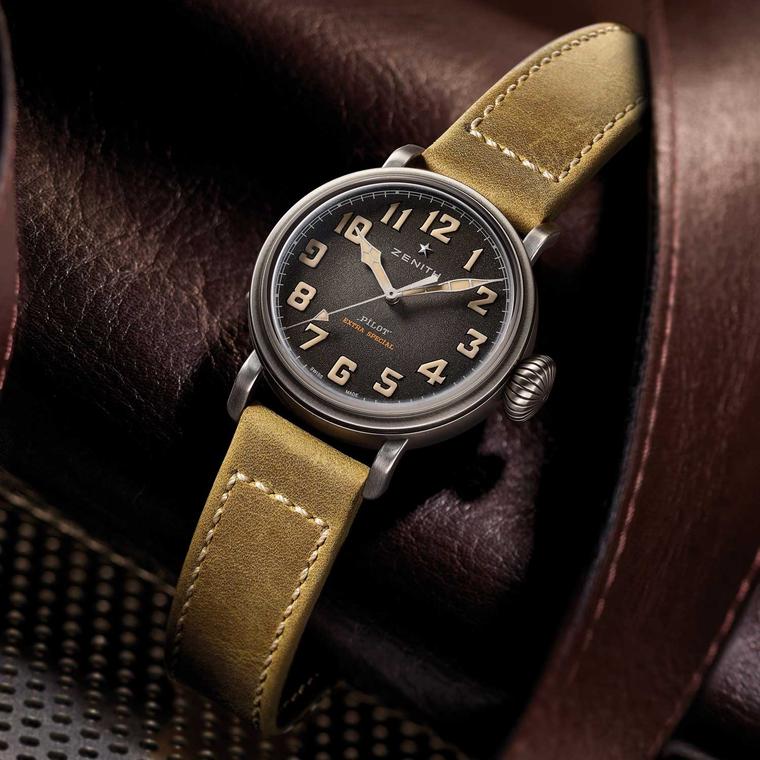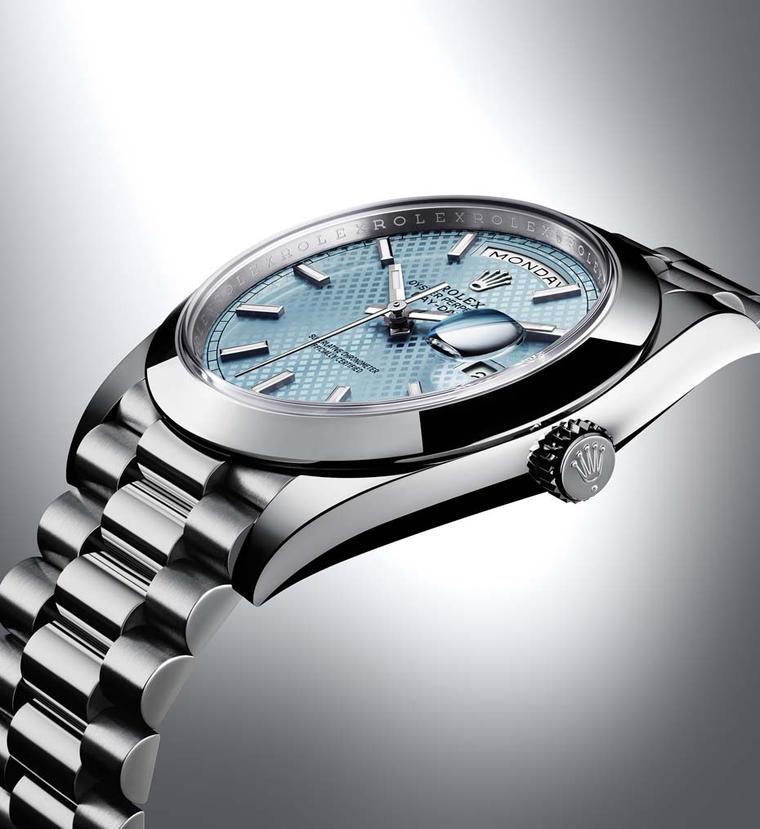What is an iconic watch?

Before I take a closer look at the iconic watches that have made my shortlist, it helps to understand what the term means within the watch industry. The word “icon” is historically used to describe a devotional religious painting, but when used to describe luxury watches it takes on a different meaning. An iconic watch is one with enduring appeal that has come to be revered, or idolised. But with plenty of imposters out there – many fledgling watch brands claim to have created icons overnight – how do you distinguish the genuine iconic watches from the wannabes?
Luckily, there is one infallible arbiter in separating the real icons from the false prophets. The best test of having achieved iconic watch status is the good old test of time. An iconic design, like the Jaeger-LeCoultre Reverso watch, for example, fits the bill perfectly and has sailed, practically intact, through the 20th century to the present day.
There have been many iconic innovations, such as the Rolex Oyster watch opening the doors to the development of dive watches or timepieces designed to conquer different milieus. There are also iconic watches that have changed our perception on the shape of a movement, such as Corum's linear Golden Bridge watch, or watches that have outdone every other on the block with their staggering amount of complications, such as Patek Philippe's complication-packed Calibre 89, which in reality is a pocket watch and doesn't really count in this compilation.

Although, for many, Cartier is esteemed as one of the world's grand jewellery houses, the maison has produced some of the finest and most iconic watch designs since the early 20th century. Inspiration, as in the case of Louis Cartier, could be found in the most unlikely places. Towards the end of World War I, Louis Cartier became fascinated by the boxy profile of the Renault armoured battle tank and decided to model a watch on its clean, rectilinear design, giving birth to the Cartier Tank wristwatch in 1917. The first prototype was presented as a gift to General Pershing and is still one of the most popular Cartier watches today.
A request by British polo players in India to find a way to shield the glass on their watches from the blows of a mallet and collisions during a polo game led to an ingenious solution and a winning design. In 1931, Jaeger-LeCoultre filed for a patent for its reversible watch with a swivel-based case that could be flipped over to protect the glass with the caseback, and in doing so created the Reverso. Necessity might well be the mother of invention, but in this case it went a step further to produce one of the most enduring iconic watches. The elegant and clean design ethos, which captures the Art Deco period in full swing, has ensured the Jaeger-LeCoultre Reverso watch a long and fruitful life, appearing with complications like a tourbillon and a minute repeater, but ever faithful to its handsome rectangular case with its hallmark gadroons at either end.

Great ideas often strike at odd times and Hans Wilsdorf, the founder of Rolex watches, happened upon the idea of building a watertight case as he tried to pry open a reluctant oyster at a dinner party in London. The first watertight watch, the Rolex Oyster was put to the test on Mercedes Gleitze's cross-Channel swim in 1927. The London stenographer emerged after 15 freezing hours in the water with her Oyster watch in perfect condition. The era of dive watches and recreational scuba diving was dawning and, by 1953, the Rolex Omega Submariner had been launched, a professional dive watch capable of venturing to depths of 100m, opening the hatch on a new underwater world to be explored by mankind.

Panerai was also an underwater adventurer but it was kept a military secret for years, having forged a lucrative contract with the Italian navy to produce lenses, depth gauges, compasses and sighting instruments for life at sea. Panerai's upper hand was thanks to the revolutionary application of luminous material to its instruments, a mixture of radium bromide and zinc sulphide patented under the name of Radiomir in 1916. Extremely radioactive and toxic, in 1949 Radiomir was replaced by a less-damaging compound, tritium, which would be called Luminor. Read more on Panerai's new watch collection.
By WWII, Panerai was commissioned by the Italian navy to create a robust dive watch with a large dial that could be read underwater in the most adverse conditions. Both the Radiomir and Luminor watches saw the light and, in 1936, 10 prototypes of the 47mm Panerai Radiomir were given to Italian frogmen commandos. Rugged, utilitarian, underwater companions, the glowing appeal of Panerai watches has not abated.

Back on terra firma, Piaget has gained a reputation for its ultra-thin movements and elegant watches. 1956 is a landmark date for Piaget watch devotees when Calibre 9P, the world's thinnest mechanical hand-wound movement, measuring only 2mm, stunned watch fanatics at the Basel Fair. Pushing the envelope, Calibre 12P was launched in 1960, becoming the thinnest self-winding - or automatic - movement in the world, at the time a mere 2.3mm and the predecessor of the current Altiplano collection. This year, the Piaget Altiplano Chronograph has just smashed two new records as the world's thinnest hand-wound flyback chronograph movement - at just 4.65mm - in a case measuring 8.24mm, which when it comes to housing a chronograph engine is wafer-thin.

The 1950s were also the golden age of airplanes and commercial aviation, and one company, Breitling, was in charge of supplying chronographs for the cockpits of more than 30 airline companies. However, what had put Brietling watches on the aviator's flight route was a 1942 Chronomat, with a circular slide ruler and two logarithmic scales to measure speed, distance, pulse rate and other mathematical calculations. It was only a matter of time before a professional pilot's watch would emerge from Breitling's close rapport with aviation. The Navitimer of 1952, which combined chronograph functions with a navigation computer capable of handling all calculations of a flight plan, was quickly adopted by professional pilots and would become a hallmark Breitling watch thanks to its rugged good looks and precise calculations.

Perhaps no other watch has played such a stellar role in man's quest to conquer aerospace as Omega's legendary Speedmaster, the first - and still the only - watch to have been to the Moon. Designed to calculate speed with the chronograph and tachymeter functions, the original 1957 Omega Speedmaster watch has proved time and time again an invaluable and life-saving partner to pilots and astronauts. With an impressive track record of six Moon landings, the Speedmaster watch has been on every US-manned space flight, making this manual-winding timepiece a cornerstone of horological and space history.
Ever since the Omega Speedmaster landed on the Moon with the Apollo 11 Lunar module on the Sea of Tranquillity, on the wrist of astronaut Buzz Aldrin in July 1969, it became known as the Moonwatch. During the troubled and dramatic Apollo 13 "Houston, we have a problem" mission of 1970, the Omega Speedmaster proved life-saving. An explosion of a reserve oxygen tank compromised all the time-keeping mechanisms on board, except one. Commander James Lovell relied on his Speedmaster to time, within a fraction of a second, the extremely critical firing of the re-entry rockets, allowing for the safe return of his crew to planet Earth. Faithful to its understated, utilitarian good looks, the only thing that has changed in the Omega Speedmaster 57 is the engine, which now beats to a sophisticated Omega Co-Axial calibre.
No matter how technical and complicated its nature, a watch needs a creator: a designer to envisage the physique and character that will house the movement and hopefully transcend fleeting fashions of the day. One name stands out in 20th century watchmaking history, and that is Gérald Genta.

1972 was a bad year for the Swiss mechanical watch industry as a whole, decimated by the advent of cheap quartz watches, which were more accurate than their mechanical counterparts and infinitely less expensive. It was also a turning point for Audemars Piguet. Prior to this milestone year, there was no such thing as an haute horlogerie luxury sport market. House designer Gérald Genta presented his idea for a new watch, inspired by the old-fashioned diving helmets that were attached to a suit with screws. It was radical, provocative and a far cry from conservative, but it got the green light.
Imitation is the most sincere form of flattery and the response was so overwhelming to Genta's luxury steel Royal Oak that Patek Philippe followed suit with a design called the Nautilus, and Vacheron Constantin with the 222.

Another genial watchmaker and designer was Vincent Calabrese, the man behind the revolutionary Corum Golden Bridge watch launched in 1980. The Golden Bridge was the world's first baguette movement with linear gear trains mounted in a totally transparent case. Instead of having a round-shaped movement tucked neatly into a round case, the Corum Golden Bridge watch had its movement mounted on a vertical axis, exposed in a rectangular glass case.
Cars and the world of car racing are inextricably linked to watchmaking and have had an enormous influence on watch design and performance. The TAG Heuer Carrera chronograph watch, conceived by Jack Heuer in 1963, was named after the Carrera Panamericana race and is the very essence of a sports watch, with large chronograph pushers, a legible dial and a shock and water-resistant case to ride out the worst conditions possible.
Another design that has joined the iconic watches club has to be the TAG Heuer Monaco, the legendary watch worn by American actor Steve McQueen in the film Le Mans, still going strong in its square case since it was first released in 1969. Apart from its undeniable 1970s groove, the TAG Heuer Monaco was the world's first square chronograph and the first square-shaped, water-resistant case.
For many car-racing fans, the Rolex Daytona watch is the ultimate chronograph and racing watch. Launched in 1963 and named after the famous sand racetrack in Daytona, Florida, the Rolex Cosmograph Daytona watch was engineered for racing drivers. With clearly visible chronograph counters set against a contrasting colour, the tachymetric scale for measuring speed was placed on the bezel. The engine of this racy model has been upgraded over the years and currently runs on automatic calibre 4130.

H. Moser will no doubt go down in history for having produced one of the cleanest and easiest-to-read dials for its highly complicated Perpetual Calendar. Unlike most perpetual calendars that require a manual to decipher, the dial of this one is deceptively simple. To pack that much information into such a restrained and urbane dial is quite something. For sceptics, the date window, small seconds and 7-day power reserve functions are easy to spot, whereas the month is ingeniously indicated by a little arrow-shaped hand, and the leap-year indication appears on the reverse.
A. Lange & Söhne, the German brand that was rescued from oblivion only two decades ago, is also well on its way towards the podium of icons. The Zeitwerk Minute Repeater, unveiled earlier this year at the SIHH watch salon, is a feat of horological engineering and impeccable design. In addition to displaying the time in digits, placed in two large, highly legible windows in the centre of the dial, the minute repeater chimes the exact time that appears on the dial. The difference between this minute repeater and most others is the fact

that it is a decimal repeater and chimes the hours, 10 minutes and minutes. Most repeaters chime the hours, quarters and minutes, making this A. Lange & Söhne watch the first mechanical timepiece to bring together a jumping numeral display with a decimal minute repeater.
The test of time does not apply to my last watch on the list either – the Hermès Le Temps Suspendu. This poetic creation approaches the philosophy of time from a playful new angle, allowing the user to stop the watch and enjoy that special moment without worrying about the minutes ticking by. A modern-day entry in my pick of iconic watches for men, a simple press of a button gets you back to reality without sacrificing a second of precision.



